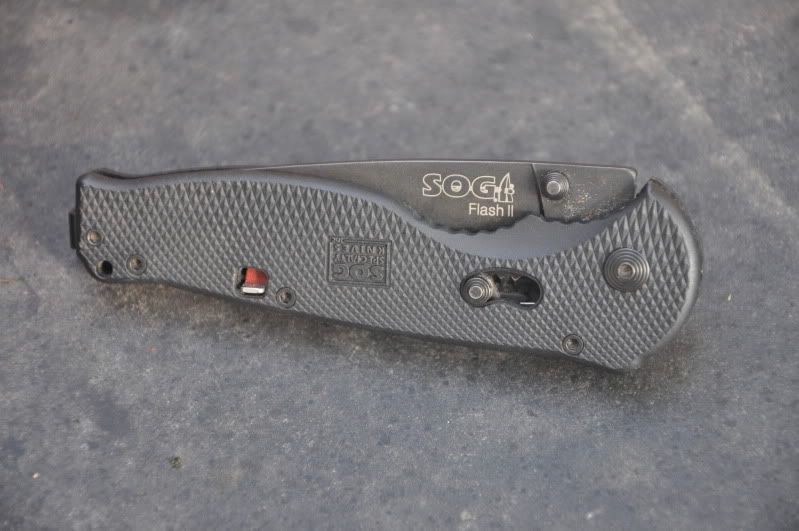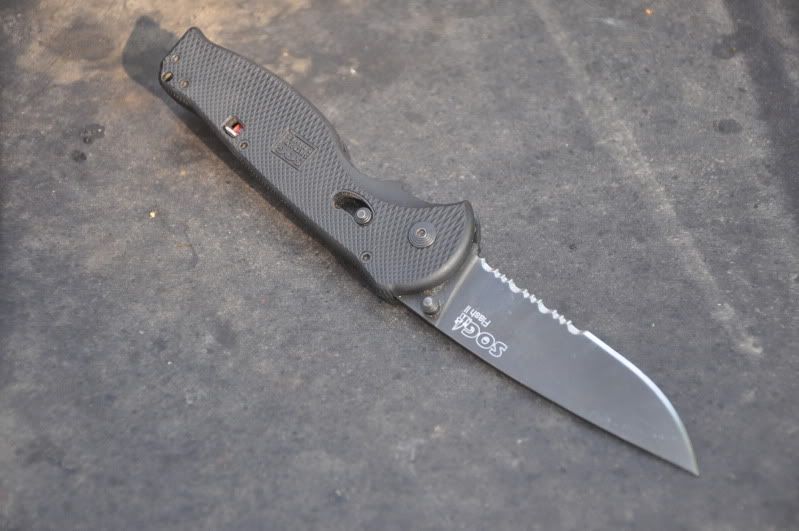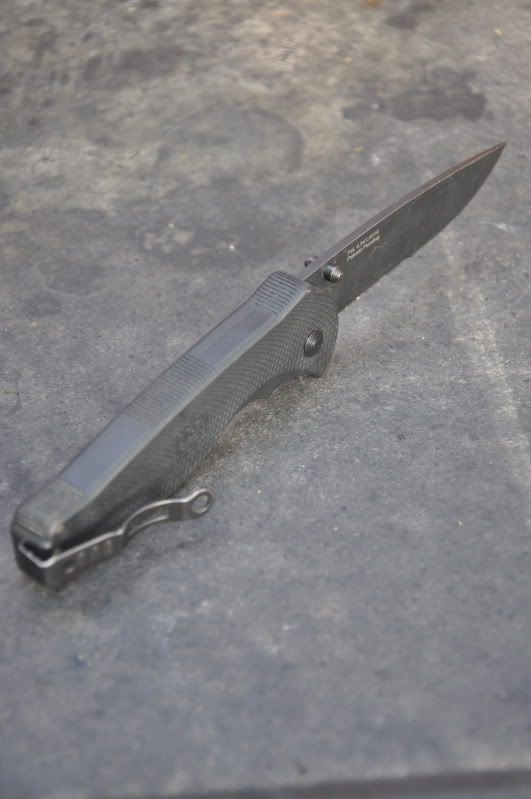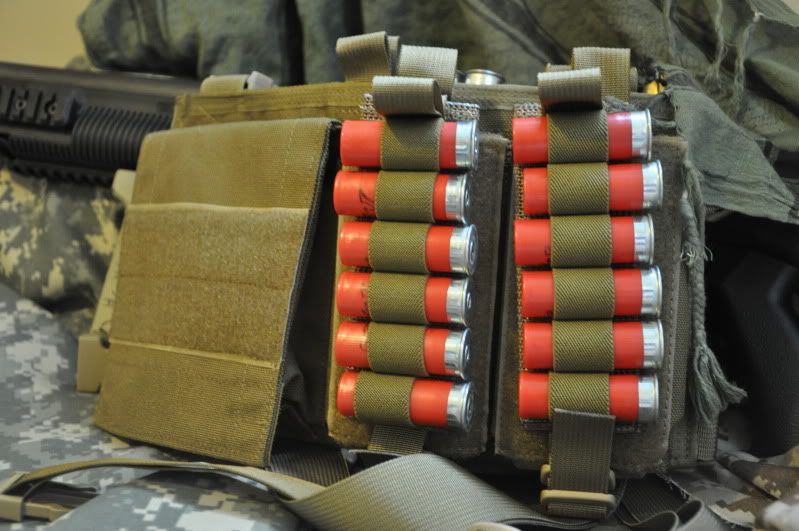Volumes of information exist on internet discussion boards, newsgroups and printed format about EDC, or “Every Day Carry”. At Civilian Sheepdog, we aim to cut through the hype, weed out the Gucci-Gear, and filter out the Mall Ninja. So we ask, and answer the question: What’s in your EDC?
First, let’s set the record straight. “Every Day Carry” is just what is sounds like. These are things that, without exception, are always in your possession. EDC is basic, minimalist equipment that you have in your possession day in, day out, without fail. You may substitute or augment that equipment based on specific circumstances (and in fact, you’re encouraged to), but unless you’re naked, your EDC is right where it always is, in your pockets, on your belt, or wherever you usually carry it.
EDC is simple. It’s basic. It’s a starting point, a minimalist collection of useful items that are always at hand. It’s something to build off, like a house rises from the foundation or a good fire spits to life out of quality tinder. EDC is a your first line of defence, and the backbone of your survival strategy. It provides basic equipment to meet the challenges of addressing the four basic tenets of survival; Fire, Food, Shelter and Signalling.
Remember: This is every-day stuff. These are things that are likely to be of use in any kind of emergency that’s generally foreseeable on an average day. EDC is meant to address an immediate requirement under abnormal circumstances on any given day.
My EDC is simple. It consists of a smart phone, a folding knife, a bic lighter, a $20 bill, and a pocket first-aid kit. In the interests of defining the EDC, I’ll go through each of these items and their purpose. The tools selected reflect the area I live, local laws and regulations, my experience and knowledge, and the proximity to additional resources and / or assistance I’m likely to have on any given day.
I’ll start with the smart phone; A good smart phone can provide geo-location, GPS navigation, access to maps and satellite data, and storage for books or other reading material that might just save your life. Will that help you if an Electro-Magnetic Pulse drops the grid? Probably not, but in just about any other scenario, it can be a life-saver. For that reason, a good cell phone should be a main ingredient in your EDC.
Now the folder; A knife is a simple tool, but its usefulness is nearly limitless. From opening envelopes or cutting apples, to carving stakes for a shelter or hunting, a basic blade is essential. My requirements are simple. I want a low-profile folding lock blade with an integrated belt clip, with a good edge and one-handed opening. I want a knife that can stand up to daily use, without taking up all the space in my front pocket. I usually carry a Gerber Evo, although I sometimes alternate it with one of a half-dozen other folders I’ve purchased over the years.
The lighter should be self-explanatory. Fire is part of those essential tenets, therefore, a lighter always has a place in my pocket. I actually take it a step further, with a Firesteel GobSpark™ Armageddon with its own place in the sleeve pocket of my Condor Summit Softshell jacket, but that doesn’t really qualify as “Every Day Carry”; I don’t wear the jacket daily, but I do wear it whenever the weather’s bad, and where a Bic isn’t likely to cut it.
Now on to the $20 bill. As a whole lot of people found out when the lights went out across the East Coast in August of 2003, cash is king when the power is out. That $20 lets my buy food or water, gasoline, or even bribe someone if required until I can get to my home or vehicle. In fairness, I usually have at least $60 in cash on hand, but that $20 has a sacred spot in my wallet.
Last is the pocket first aid kit. This is a small, minimalist kit that includes a couple of wipes, some Band-Aids, some Steri-strips and some Polysporin. Very basic, but always handy.
So that’s it. At any given time, I have the basics covered with my EDC. If I’m heading out on the road, I supplement that EDC with my VBSK (Vehicle-Bourne Survival Kit). If I’m walking the family through Dineyland, I supplement with my GHB (Get-Home-Bag), a Maxpedition Fatboy loaded up will additional first aid gear, water filtration bottle, purification tablets, some snacks, a map & compass and a hand-held GPS. For anything longer or dicier, I have the full blown “Bug Out Bag”.
It’s a modular approach, with the EDC serving as the cornerstone. So, what’s in your EDC?






























